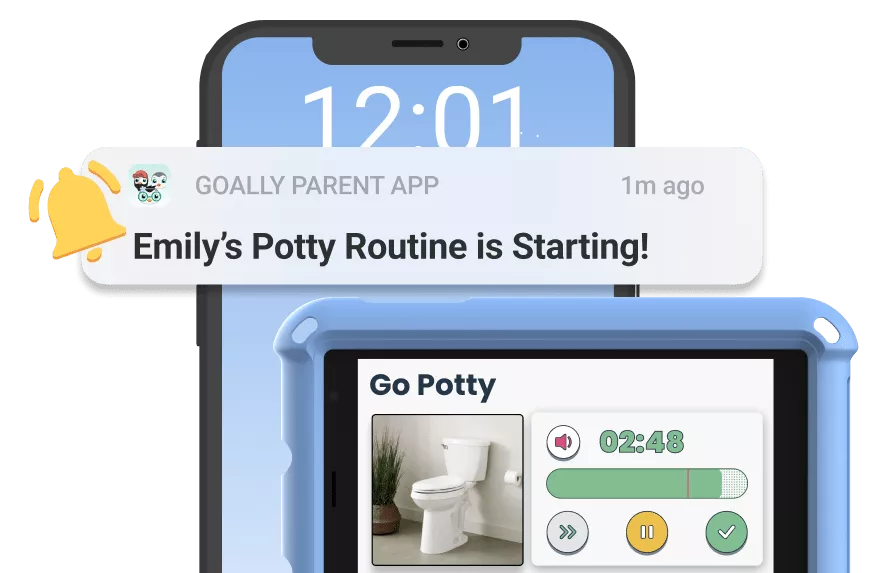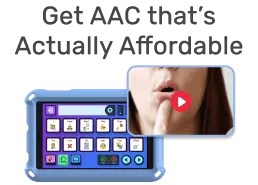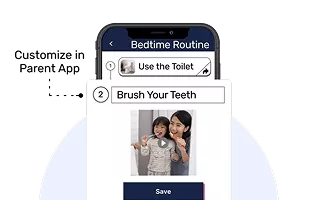As someone who works closely with children, I understand how challenging it can be to navigate the behaviors of a six-year-old. The unpredictable nature of their actions can often leave parents feeling overwhelmed. Behavior charts are a practical tool I’ve seen work wonders in managing and understanding these behaviors. They provide structure and clear expectations, making life a bit more manageable for both you and your child. In this blog, we’ll explore how to effectively use behavior charts for 6 year olds and offer a downloadable printable PDF to get you started.
Table of Contents
Understanding Six-Year-Olds’ Behavior
The age of six is exciting yet challenging. Kids start developing independence and testing boundaries while still seeking comfort from parents. However, certain behavioral patterns seem perplexing or even frustrating at times.
- Negotiating: They may argue more often as they try out their negotiation skills.
- Mood swings: They might have mood fluctuations due to tiredness or hunger that could lead to tantrums.
- Inattention: At times, they may seem distracted or find it hard to focus on tasks for extended periods.

Read more: Child Behaviors by Age
Why Are Behavior Charts Useful?
Above all, these charts are not just about tracking misbehavior but understanding patterns. They offer insight into what might trigger certain behaviors in kids – whether refusing to brush their teeth or squabbling with siblings – helping parents navigate this often turbulent age with greater ease.
- Nurturing Self-Awareness: For instance, children begin developing self-awareness around this age. However, recognizing and connecting emotions with actions is still tricky for most six-year-olds.
- Cultivating Responsibility: In addition, behavior charts help foster responsibility by making children aware of their actions’ consequences.
- Promoting Positive Behaviors: Most importantly, such tools promote positive behaviors by encouraging kids to reach behavioral goals set on the chart through rewards or recognition.
Tips To Make Behavior Charts Work
Certainly, having a behavior chart is not enough; using it effectively is what counts. Here are some tips:
- Involve your kid: Kids will be more invested if they help in creating their chart. It could be choosing the color scheme or deciding on rewards.
- Praise progress: Even small wins matter! Praise efforts and celebrate successes to keep motivation high.
- Maintain consistency: Consistency helps children understand what’s expected of them every day, which makes compliance easier over time.

Navigating Behavioral Challenges with Special Needs Children
Read more: Ensuring Success – Effectively Setting up Activities and Rewards
Likewise, if you’re parenting a child who falls under this category – whether they have ADHD, autism, or other learning differences – navigating behavioral challenges can seem like an uphill task.
- Predictability is Key: Firstly, consistency helps these children feel safe and secure, which can reduce instances of challenging behavior.
- Create Visual Schedules: In addition, visual aids such as schedules help provide structure, which further eases anxiety around transitions, leading to better overall behavior management.
- Simplify Instructions: During instruction time, break down tasks into smaller steps, making it easier for them to follow along without feeling overwhelmed.
Incorporating Behavior Charts into Daily Routine
A well-integrated behavior chart effortlessly becomes part of your child’s routine. Place it somewhere visible where your child can easily see and interact with it, such as on the fridge door. Review the chart at specific times during the day, like before bedtime or after school. Above all, ensure this tool remains a positive experience for both you and your child.
Goally | Apps That Build Behavior & Life Skills for Kids
Want to keep your child motivated while building essential behavior and life skills? Goally’s skill-building tablet is designed to celebrate small wins and help your child grow. Our Behavior Tracker helps you reward your kid for specific skills, like “being kind” or “flushing the toilet.”

By setting clear expectations and rewarding their efforts, you foster a positive environment for your child to flourish in their behavioral skills journey.
You’ve navigated through our practical guide about behavior charts for 6-year-olds – congrats! By now, we hope you’re feeling less perplexed about managing the behaviors of six-year-olds! Remember, behavior charts are not magic wands that bring instant changes. However, they can certainly make the journey of shaping behaviors less bumpy and more enjoyable. Now it’s time to put this knowledge into action with our downloadable printable PDF!
FAQ about Behavior Charts for 6-Year-Olds
What is the purpose of behavior charts for 6-year-olds?
They provide a visual tool to track and improve your child's behaviors, fostering consistency and positive reinforcement.
How often should I update the behavior chart?
It's recommended to update it daily or weekly, depending on your child’s progress and specific needs.
Can these charts help kids with special needs too?
Absolutely! Behavior charts can be beneficial for all kids, including those with special needs or learning differences.
What behaviors can I track using these charts?
You can track anything from chores completion to homework diligence, good manners, hygiene habits and more!
This post was originally published on 11/18/2023. It was updated on 08/05/2024.

Hennah is an experienced writer and researcher, helping children with autism, ADHD, and other neurodivergent conditions. As a blog contributor for Goally, she combines her deep understanding of neurodiversity with practical advice, offering valuable insights to parents and educators.





